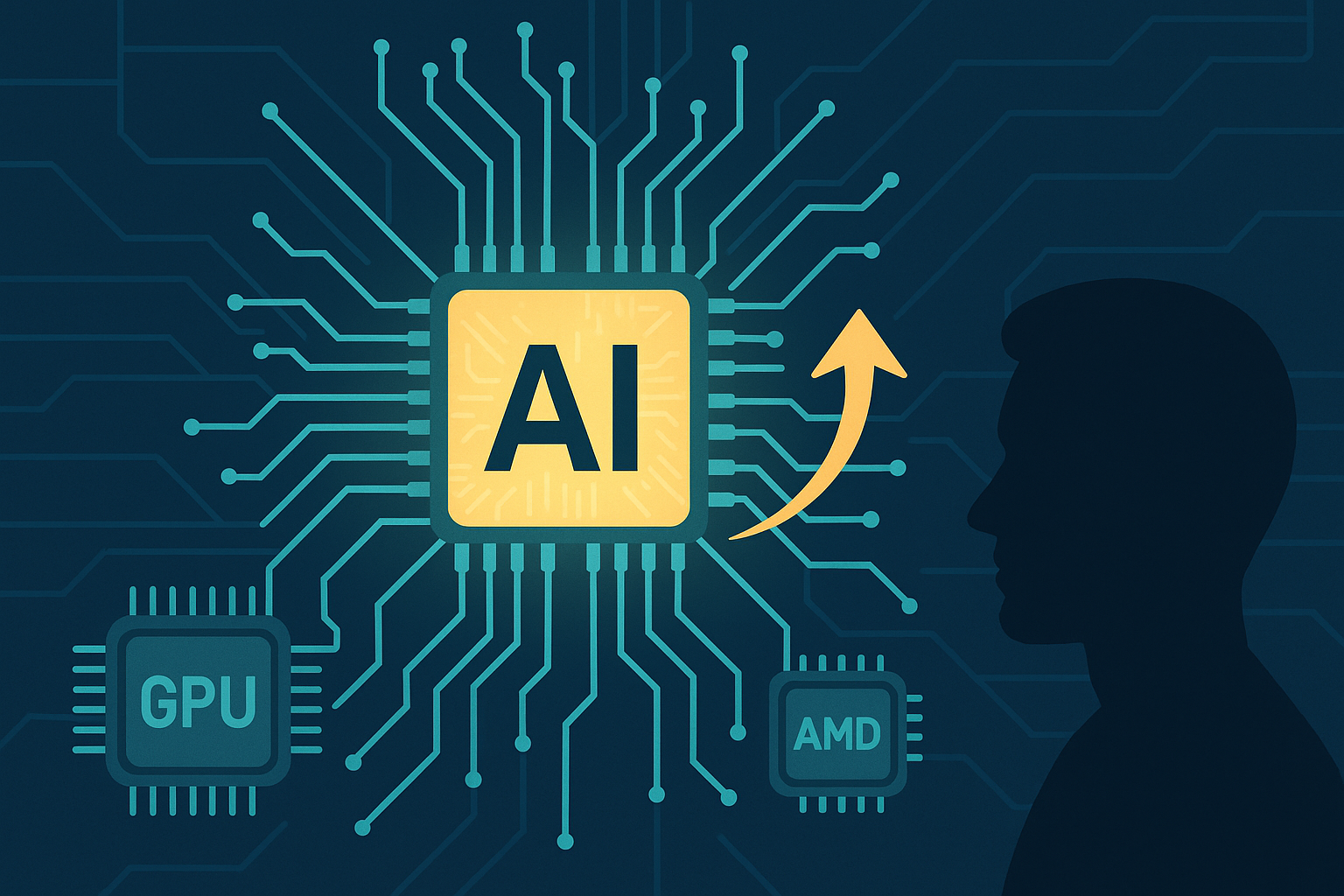Intel is making a bold move to regain relevance in the AI hardware market, announcing its new “Gaia” AI chip with performance and efficiency metrics designed to outpace rivals Nvidia and AMD. The launch comes as enterprise AI demand accelerates, with large language models (LLMs) driving a surge in high-performance computing needs globally.
Intel’s Strategic Play in the AI Arms Race
In a press release on Tuesday, Intel revealed that the Gaia chip delivers 30% faster processing for large language models compared to current market leaders and consumes 20% less power. The company claims these advances will enable data centers and enterprises to train and deploy AI models more efficiently, cutting costs and environmental impact.
Pat Gelsinger, Intel’s CEO, described Gaia as “a turning point in democratizing AI compute,” noting that the chip is already being tested by major cloud providers. Early trials by Microsoft Azure showed promising results, according to insiders cited by TechCrunch.
The launch directly challenges Nvidia’s dominance in AI GPUs and AMD’s recent momentum in AI-focused accelerators. As generative AI applications proliferate across industries, the battle for market share in AI infrastructure is becoming one of the most critical narratives in the technology sector.
Why This Matters for Investors
The AI hardware market is projected to exceed $400 billion by 2030, according to McKinsey. Nvidia (NASDAQ: NVDA) currently holds an estimated 80% market share in AI GPUs, but Intel’s entry with Gaia signals its intent to claw back relevance.
Financial Times reports that Intel has lined up supply chain partnerships with key memory and packaging suppliers to support Gaia production at scale. This may also create ripple effects for companies like Micron (NASDAQ: MU) and Taiwan Semiconductor Manufacturing Co. (NYSE: TSM), who are likely beneficiaries if Intel gains traction.
Future Trends to Watch
Growing Demand for AI Infrastructure
As AI adoption accelerates, demand for power-efficient and high-performance chips is expected to outstrip supply. This creates opportunities not only for chipmakers but also for ancillary players in the AI ecosystem — from advanced cooling solutions to specialized software stacks.
Competitive Dynamics
While Nvidia remains the market leader, Intel’s reentry into the high-performance AI space could intensify competition, potentially leading to price adjustments or new product innovations across the sector. AMD (NASDAQ: AMD) has also recently launched its MI400 series, highlighting how the AI chip market is becoming increasingly crowded and dynamic.
Regulatory and ESG Considerations
The energy efficiency of AI chips is becoming a key selling point as data centers face growing scrutiny over their carbon footprints. Gaia’s promise of reduced power consumption aligns well with emerging ESG investment themes.
Key Investment Insight
Investors should monitor Intel’s (NASDAQ: INTC) execution on production and client adoption. A successful rollout of Gaia could trigger upward revisions in revenue forecasts and renew investor confidence in Intel’s turnaround strategy. Additionally, watch for potential tailwinds in the shares of suppliers linked to Intel’s AI chip production chain.
Long-term, the evolving competitive landscape in AI hardware may redefine market leadership, offering both risks and opportunities for investors in semiconductor and AI-related equities.
Stay informed with MoneyNews.Today for the latest insights on how transformative technologies like AI are reshaping markets and investment strategies.





